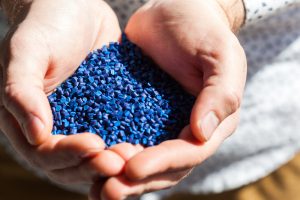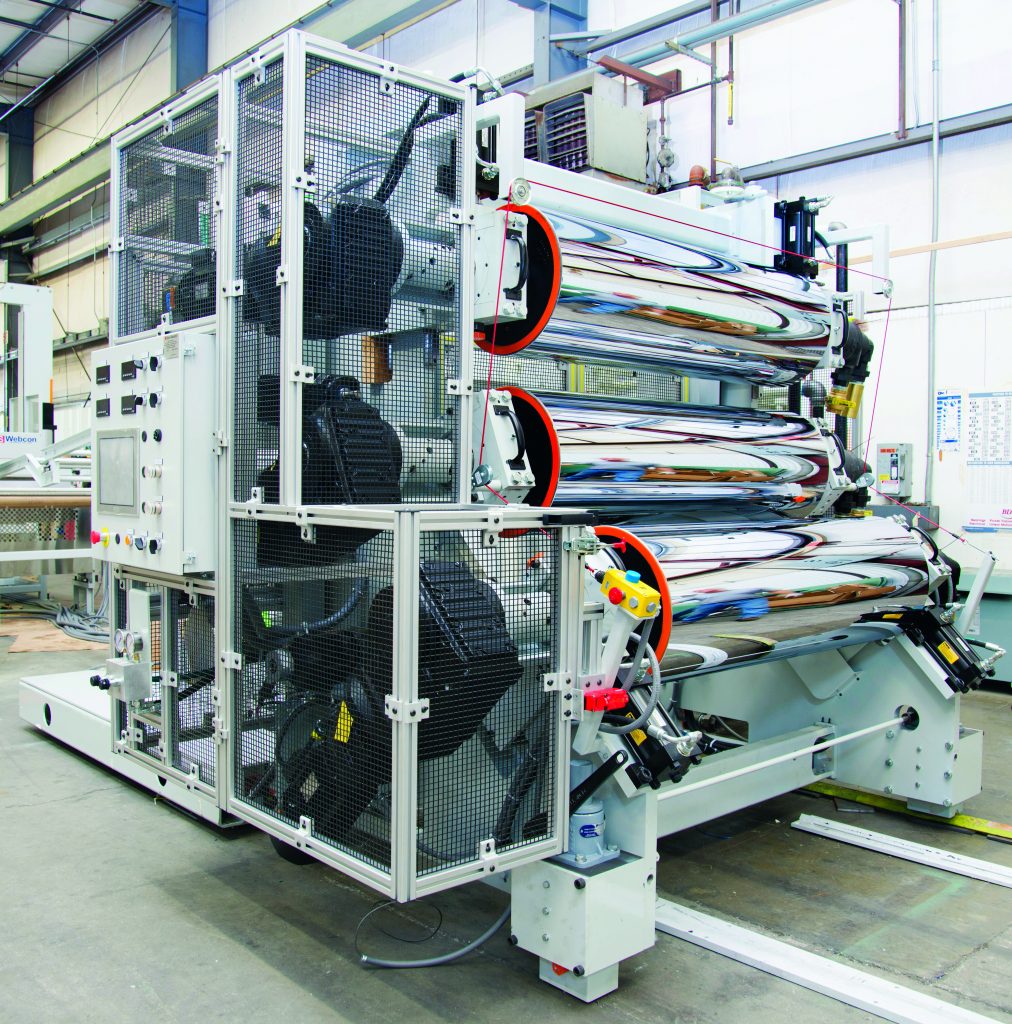Machinery and Resin Considerations for PPF Success

The paint protection film (PPF) market is generating a lot of excitement! PPF is a thermoplastic urethane (TPU) based “self-healing” film applied to paint surfaces for added protection. Applications in the automotive, aerospace and electronic industries have already been highly successful. According to TPU industry reports, the global market for PPF is projected to reach 1.2 Billion USD by 2026!
If you are considering the feasibility of bringing PPF in-house, this blog provides a basic overview of PPF structures, required equipment and TPU resin options.
PPF Structures and Required Equipment
PPF is typically processed in widths from 62 to 74 inches (1,575 to 1,880mm) widths and in thicknesses of 5 to 12 mils (125 to 300uµ). A typical PPF structure consists of a 2 mil (50uµ) release liner, mounting adhesive, TPU film, self-healing coating, and 2 mils (50uµ) protective film. Because of this composition, PPF is a two-pass operation on a single coating station line or a one-pass operation on a tandem line. See the diagram below.
Line components often include a primary turret unwind, web cleaner, cartridge coater, roll support dryer, auxiliary turret unwind, laminator, scrap winder and a winder/roll changer.

In the first pass, a typical PPF structure looks like this:


In the second pass, a typical PPF structure looks like this:


Usually, the PS coating is applied on the first pass, but some processors apply the topcoat in the first pass as well. In terms of quality and sustainability, it is important to have an equipment layout capable of processing optically clear PPF film while also reducing film waste.
Depending on existing process line capabilities, a cost-effective upgrade may be all that’s needed to bring PPF in-house. We suggest an equipment audit and consultation of your current machine set-up to determine what is needed to process a wider range of materials. We also recommend laboratory trials to evaluate the quality of new structures, outputs, process parameters and other factors.
TPU Resin Considerations
When considering TPU, it’s important to find resins that bridge the gap between flexible rubber and rigid plastic, with a variety of physical and functional property combinations. The ESTANE® brand TPU from Lubrizol is an example of a TPU that has been recognized industry-wide for consistent performance and quality. Depending on the application, the properties of TPU can be formulated to provide advantages such as:
-
- Abrasion resistance
- Impact resistance
- Puncture resistance
- Fungal resistance
- UV resistance and/or filtering
- Hardness
- Optical clarity
- Flame resistance
- Thermal protection
It’s important to work with your resin supplier to determine the right formulation for your specific application. For example, ESTANE® provides stain resistance and self-healing properties for the topcoat of an automobile while the soft grade beneath absorbs the impact from stones and road debris. Testing different formulations are key as specialization can lead to new innovation and profitable opportunities!
Are you thinking about bringing PPF in-house? Our team is happy to provide a consultation and audit of your current equipment. Davis-Standard also offers laboratory services for trials to help processors determine the feasibility of PPF capabilities. Contact us to speak with our PPF experts.


